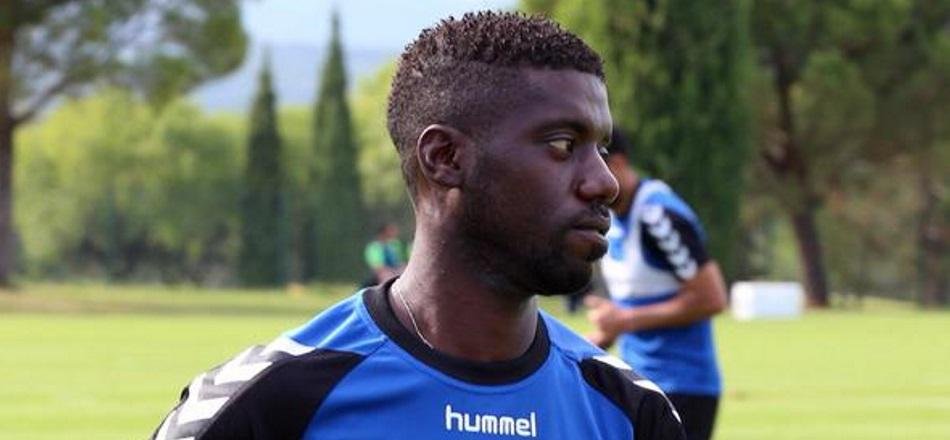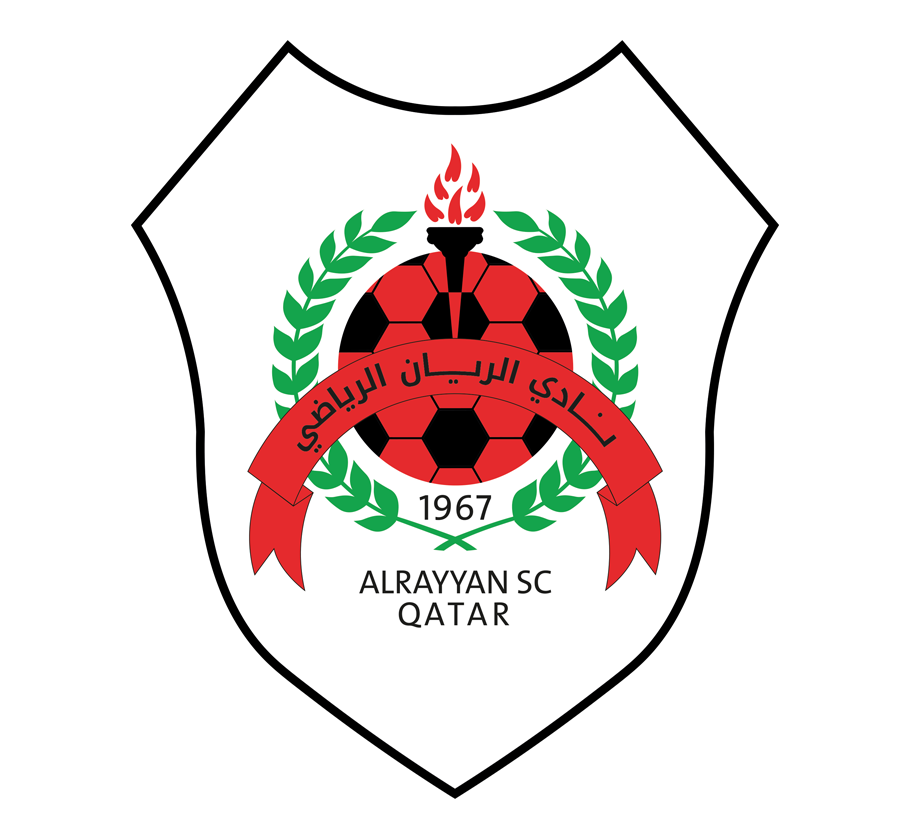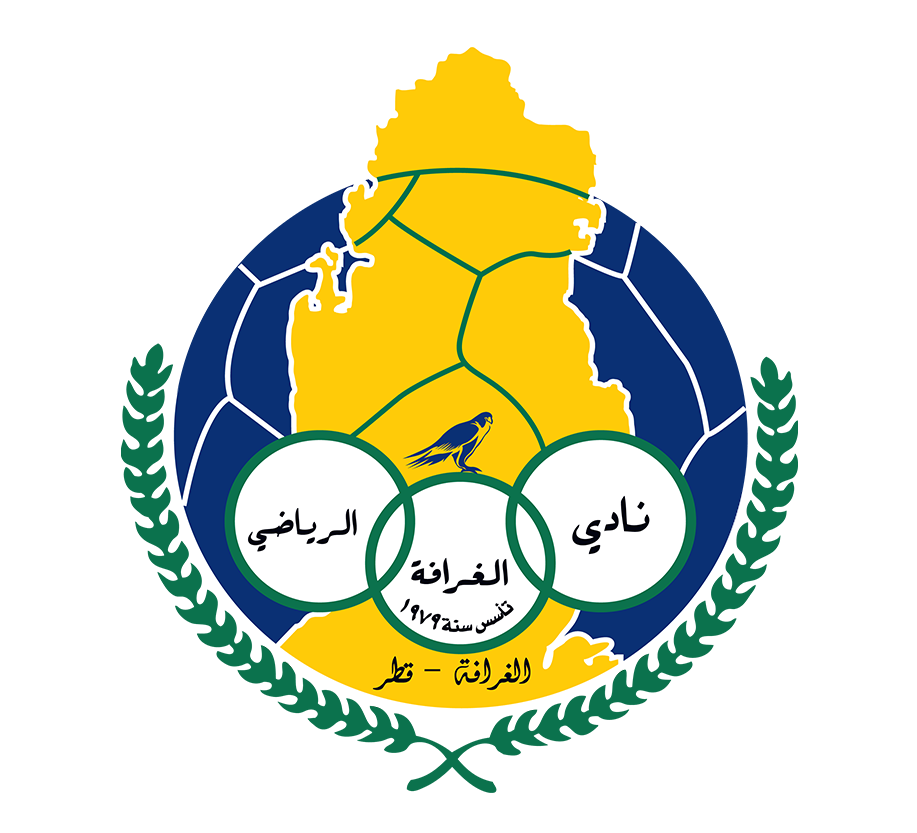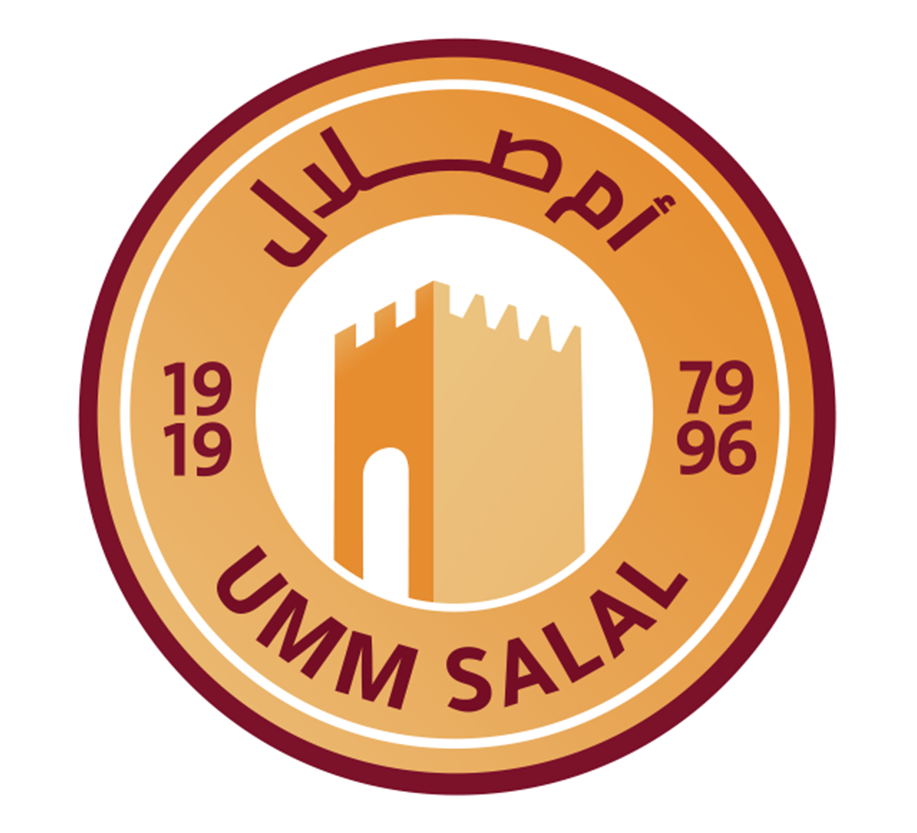 With the 2015/2016 QSL coming to a close, QSL online has decided to look at some of the key statistics that defined the domestic football season in Qatar. In the first piece of our statistical look at 2015/2016 season we have decided to look at the key figures that mattered, all of the data has been provided by Prozone.
With the 2015/2016 QSL coming to a close, QSL online has decided to look at some of the key statistics that defined the domestic football season in Qatar. In the first piece of our statistical look at 2015/2016 season we have decided to look at the key figures that mattered, all of the data has been provided by Prozone.This QSL season saw an impressive 561 goals scored this term, with an average of 3.08 games scored per game. Whilst 484 assists where registered over the season, all highlighting plenty of high scoring attacking play in the QSL. The honor of the biggest victory of the season was Al Rayyan’s 9-0 win over Qatar SC.
The QSL season consisted of 182 games overall, whilst referee’s dished out a total of 37 red cards and 788 yellow cards over the season. Former QSL champions Lekhwiya have the dubious award of receiving the most yellow cards this season, picking up 70 in total and averaging 2.6 yellow cards per game.
.JPG)
Overall, this season the QSL had 4,663 shots on goal which highlights plenty of attacking intent. Whilst 2,054 of these shots were on target, meaning the average shot accuracy was 43% this season. Second place El Jaish have the honor of being the most accurate shooting side in the QSL with 48% of their shots landing on target. Central to stopping the shots were the goalkeepers of the QSL, who racked up 83 clean sheets over the course of the season.
In terms of penalties awarded, 91 where given over the 2015/2016 QSL season. From these penalties 75 where scored, meaning an impressive conversion rate of 82%. Possession was also the name of the game over the course of the QSL season. The side that enjoyed the most average possession per match was third placed QSL side Al Sadd who averaged 59% of the ball this season. Whilst relegated QSL side Meisameer averaged 44% of the ball this term, the lowest in the league.
Passing play and crosses played its part in creating chances for the sides of the QSL over the course of the season. On average each QSL side completed 356 passes per match, of these passes 297 where successfully completed meaning a high passing success rate of 84%. Whilst in terms of crosses, 22 crosses from open play and set pieces where delivered by QSL sides per game this term. 5.7 Of these crosses being deemed successful meaning a 25.9% success rate.
.jpg)
One of the key metrics for a side’s development is the amount of running they do over the course of a game. In the 2015/2016 season each outfield player in the QSL covered an average of 10.6km per match. Whilst each QSL side ran a total of 106.3km as a team per QSL game, suggesting high levels of fitness from the players in the league. Qatar SC’s Korean midfielder Kook Han Young has the honor of covering the most distance in a single game, clocking up a staggering 13.6km in his sides match against Al Rayyan.
Sprinting when it matters is also an important metric for QSL sides and their development. On average, each player in the QSL underwent 37 sprints per QSL game. Individually, Al Sadd defender Abdulkarim Hassan led the way preforming 102 sprints in his sides match against Al Sailiya.
On average players took in a sprint distance of 243m per player in QSL games this term. This means that sides averaged 2.8km overall of sprinting per QSL game. Whilst individually, Umm Salal striker Munir El Hamdaoui clocked up 2.1km of sprinting in the game against Al Arabi.
So from the statistics provided, it seems clear that the QSL has enjoyed another fine season of development on the pitch. QSL online’s series will continue now to look at each individual side in the QSL, and how the numbers shaped their season.















 Back To Home
Back To Home
